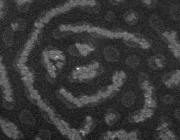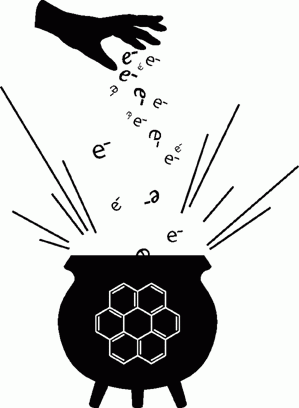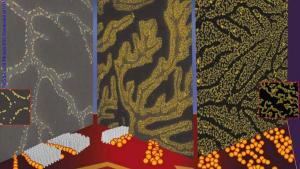Citation:
Date Published:
JUL-AUGAbstract:
Polyarenes, or polycyclic aromatic hydrocarbons (PAHs), represent a ubiquitous and heavily studied type of compounds, appealing for their interesting spectroscopic, supramolecular, organometallic, and other properties. A major branch of research is concerned with polyarene anions: their electronic and structural properties, reactivity, aromaticity, and spectroscopy. This review describes the major role of computational investigations in complementing, explaining, and guiding experimental research, and thus providing invaluable contribution to our understanding of polyarene anions. The scope of this review focuses on polyarenes composed only from sp(2)-hybridized carbons and limits the discussion to the quantum-mechanical method of calculation. The topics covered include computation-assisted characterization; choice of methods; transformations induced by reduction, including anistropic charge redistributions, reorganization of bonding structure, flattening of curved polyarenes (buckybowls), and Jahn-Teller distortion; aromaticity topics such as ring currents and aromaticity measures; reactivity, for example, toward electrophilic substitution or ring closure, acidity and basicity, and self-assembly interactions in solution and in the gas phase; and finally, spectroscopy, mainly for astrochemical research, ranging from the mid-infrared to the far-ultraviolet spectral ranges. (C) 2011 John Wiley & Sons, Ltd.





